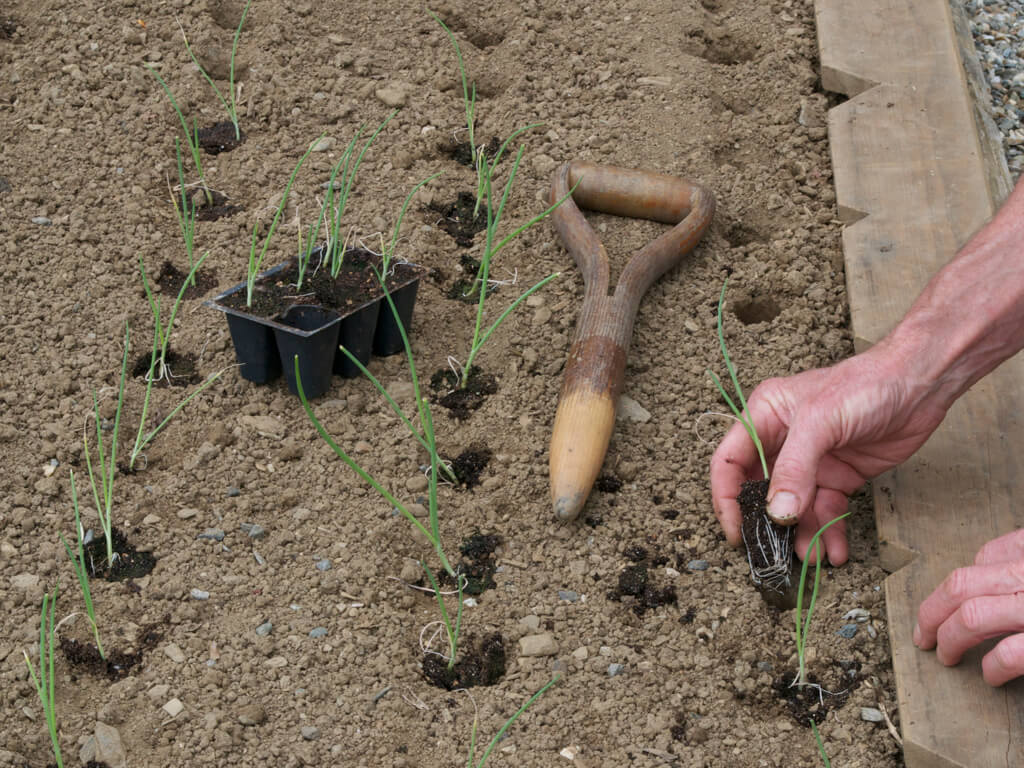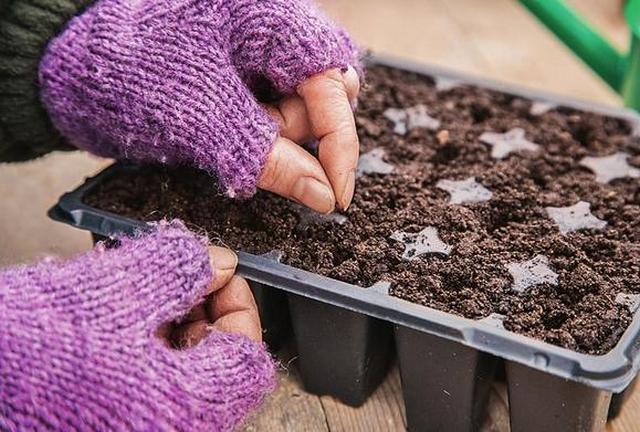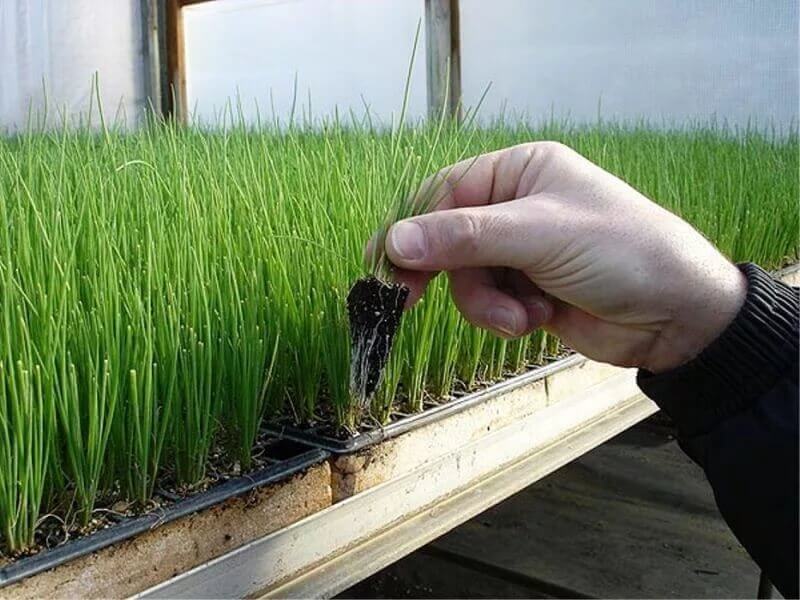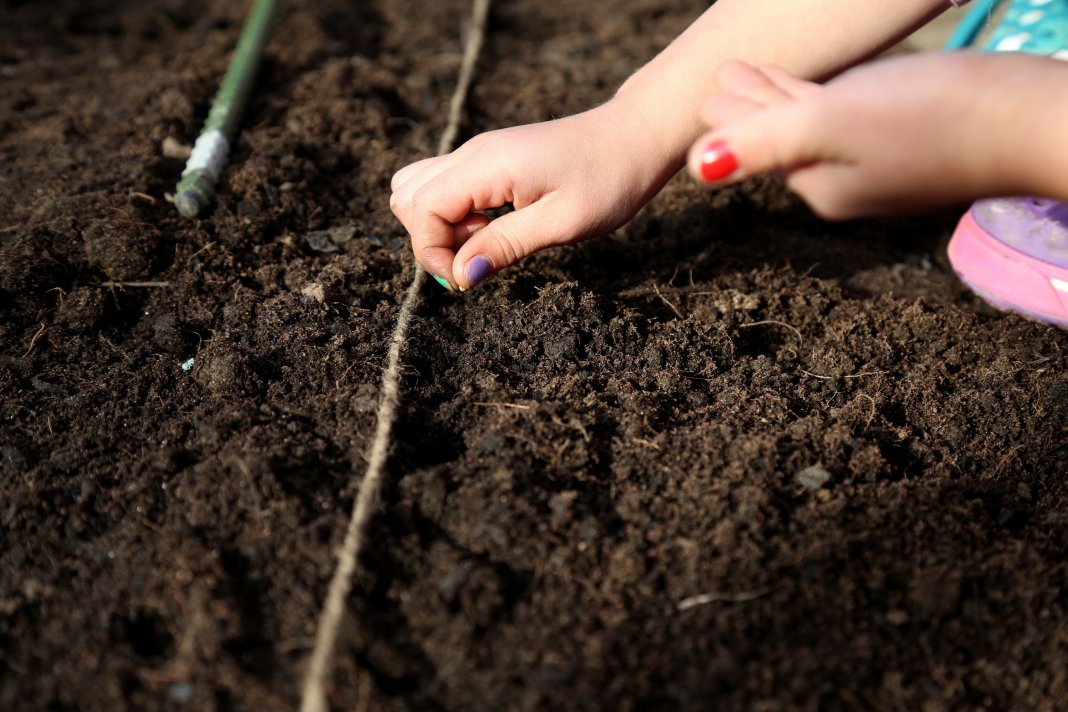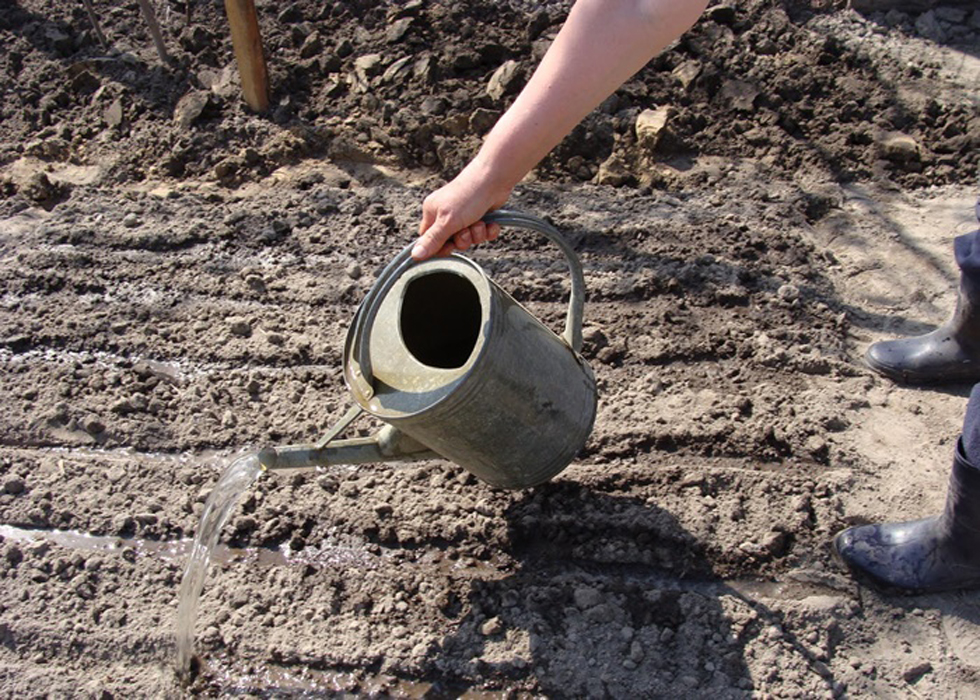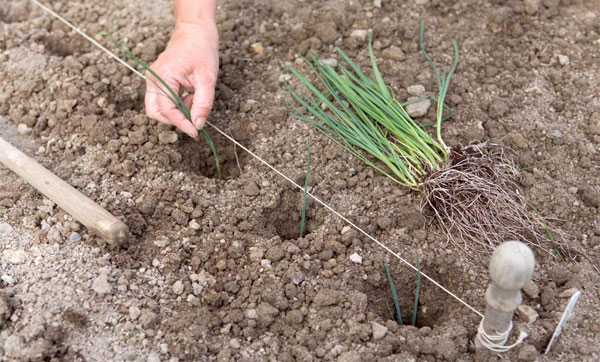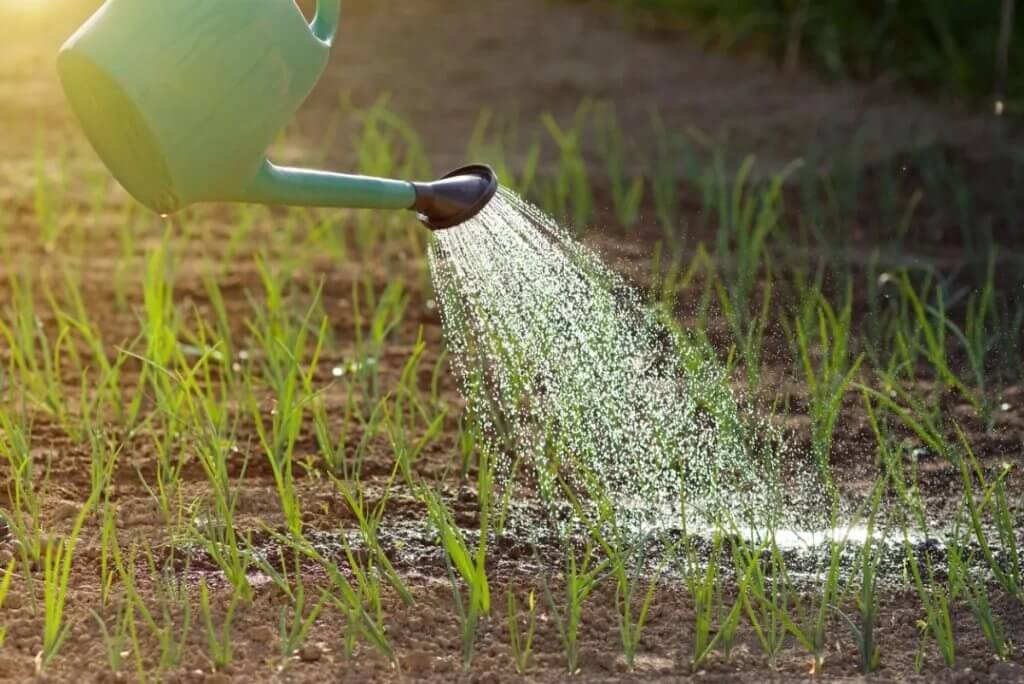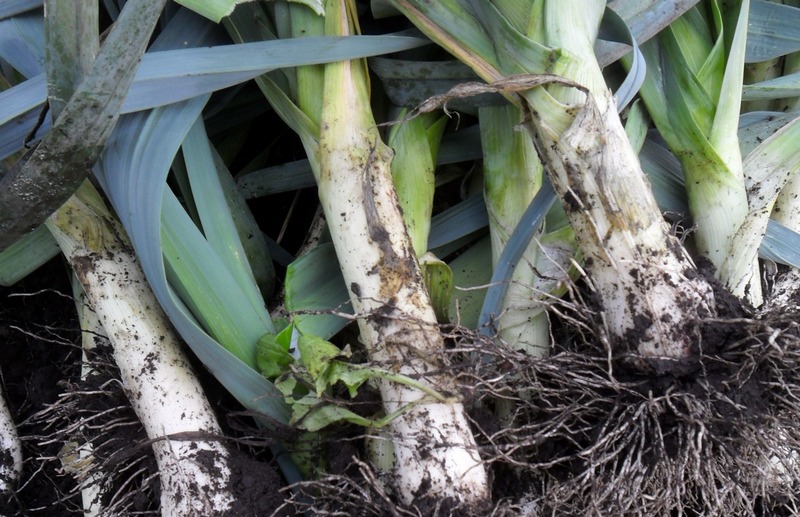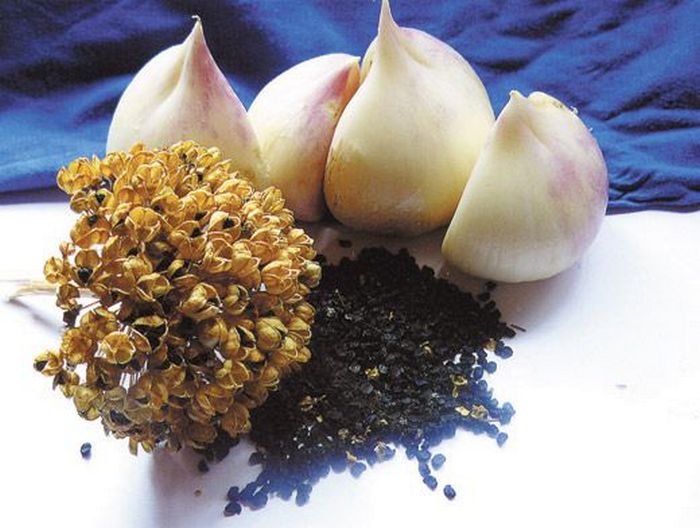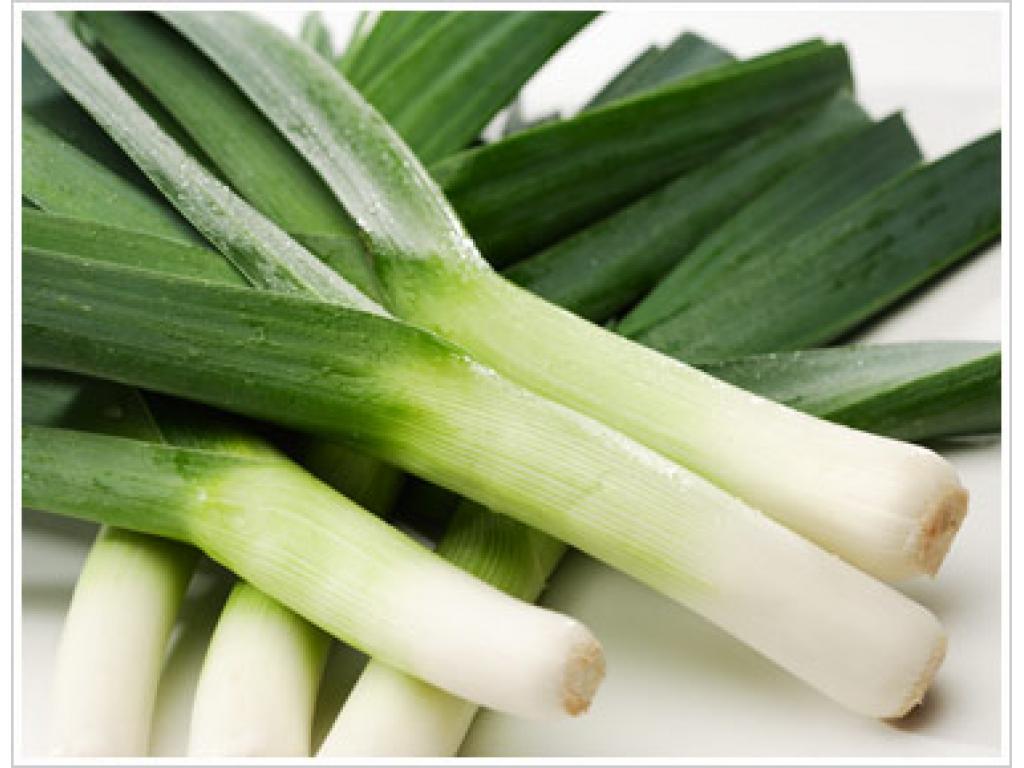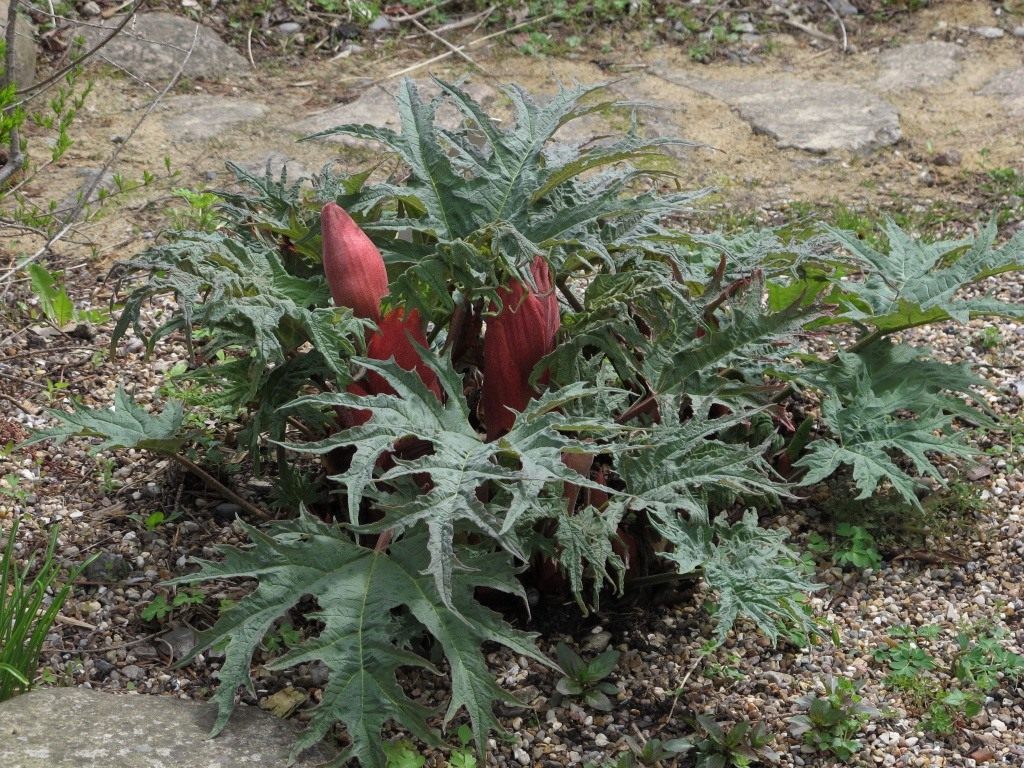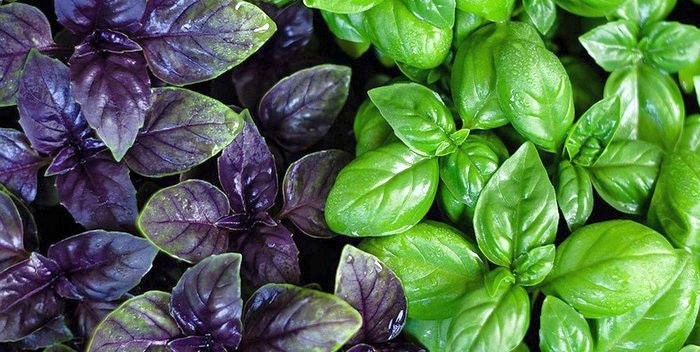Content:
Leeks are rarely seen in anyone's garden. Most often, you can buy it in a store or market. Gardeners in vain do not grow this vegetable on their site. After all, it is this onion that brings more harvest than onions. At the same time, it has a more subtle spicy taste. The second name for leeks is pearl onions. It has a large number of beneficial and nutritious substances. First of all, it is ascorbic acid, thanks to which onions can be stored for a long time. The vegetable also contains:
- vitamins of groups B, A, PP, E, H;
- calcium;
- magnesium;
- sodium;
- phosphorus;
- iron.
In addition, leeks are very valuable in the preparation of sauces, salads, first and second courses, fillings. At the same time, growing leeks from seeds is very simple.
Depending on which region of Russia the leek is planted in, cultivation depends on the planting method. For example, in the southern regions of the country, planting is done by seed. In other regions, seedlings are planted.
It should be remembered that for each area you need to select the appropriate variety of Piraeus onions. In the Moscow region and the Leningrad region, early and mid-season varieties are grown, such as:
- Vesta;
- Casimir;
- Columbus;
- Elephant;
- Goliath;
- Tango;
- Winner.
In Siberia and the Urals, early varieties are grown, to which should be added the Karantan variety of piraeus onions.
The wheatgrass onion differs from the onion in that the first has a white leg instead of a bulb. In order to get a product in the form of a leg, the plant must grow for at least six months. When sowing onions with seeds only as greens, green feathers are harvested in July. From the moment of sowing to the collection of greens, at least eighty days must pass.
The successful planting of leeks outdoors in the spring depends on the correct soil. For this plant, it is important that the soil is fertile and perfectly accepts the introduction of organic and mineral fertilizers. The area for planting leeks must contain nutrients, have the required amount of moisture. In addition, the area must be cleared of weeds. Leeks require fertilizers that contain nitrogen. Thanks to him, he is actively growing and developing.
The best soil for this plant is loamy soil, completely free from weeds and at the same time not acidic. The ground under the plant should be damp, but not wet. If the soil is not suitable for growing onions, then they will not give a good harvest. The stems will develop poorly and the stem will be thin. Planting should be done on soil fertilized with manure.
Reproduction of culture
Leeks reproduce only by seeds, but in most cases they are grown only by seedlings. In order to grow seedlings, seeds need to be sown from the end of February and throughout March.
Growing seedlings
The container where the seedlings will grow must be poured with a nutrient mixture and watered thoroughly. After that, it is recommended to sow seeds, making small rows, at a distance of 4 centimeters from each other. The depth of the row should be no more than one centimeter. The surface where the seeds are sown should be covered with a small layer of the mixture and lightly tamped. After that, the sowing must be watered and covered with foil or glass. The container with seeds is placed in a warm place, where shoots should be expected. In this case, the glass must be periodically opened in order to ventilate the seedlings.
At the beginning, the temperature of the air where the container is located should be from 20 to 25 degrees. After the first shoots appear, it is lowered to 12 degrees. This way, the seedlings will grow evenly and will not stretch out.
Thirty days after the leek has risen, it must be dived. Picking consists in transplanting the plant into separate cups or thinning. In this case, a distance of at least two centimeters is left between the stems. Young seedlings are transplanted into a pot with a diameter of 4 centimeters. But it is best to use a peat-humus pot or peat tablet. In this case, transplanting into individual pots is not required.
When growing seedlings, it must be fed with compost tea every two weeks. Also, to promote the development of the root system and the thickening of the stem, you need to regularly prune the leaves, leaving only eight centimeters.
Onion seedlings
When the seedlings grow to the appearance of three or even four true leaves, the diameter of the leg will reach eight millimeters, it is already ready for planting in open soil. Before planting, it must be watered abundantly and the leaves must be cut off one third of their length.
But before planting, it must be hardened. For this, the container with the seedlings is taken out into the street. Thus, she is given the opportunity to get used to the fresh air and the appropriate temperature.
Sowing with seeds
Leeks are grown by seed in the south of Russia. Sowing begins not earlier than the second half of May. But the beds for sowing need to be prepared in the fall. To do this, they are fertilized with a mixture of fertilizers and covered with a black film so that the soil warms up much earlier in spring.
Before sowing leeks, remember that the seeds last for three years. Therefore, it is important to follow the expiration dates. Seeds must be prepared before sowing. First of all, they are treated with disinfecting mixtures and tempered. To do this, they must first be placed in hot water, the temperature of which is from forty to forty-five degrees. After that - immediately in the cold.
In order for the seeds to sprout quickly, they need to be germinated. This is done this way:
- A cloth napkin is moistened in warm water;
- Seeds are poured onto it, equal to a thin layer;
- A wet rag with seeds is placed in a warm place and left for several days;
- At the next stage, the seeds must be dried to a loose state;
- Sow into soil.
Sowing is done in such a way that the row spacing is 12-15 centimeters wide, and there is a distance of at least 15-20 centimeters between the bow itself. After that, the surface of the garden bed is watered and covered with a transparent film, or a dome is made.
But this method of sowing applies only to those seeds that were grown at home. If they are bought, then such procedures should not be done. Also, you do not need to soak and germinate seeds that are sown for the winter. Most importantly, you need to know when to plant leeks in open ground.
Planting seedlings
Planting and grooming is important for getting a good harvest from leeks. Every agricultural technician knows how to properly plant a plant in open ground. Seedlings should be planted in loamy soil, which has a neutral reaction to acidity. It is necessary to prepare a site for planting in the fall. For this, compost is applied, and in the spring, organic fertilizers should be added. There is no need to dig up the site.
It is best to choose an area where crops such as:
- potatoes;
- tomatoes;
- cucumbers;
- beans or other legumes;
- cabbage.
The best time to plant leek seedlings is May. But before disembarking, it must be prepared again. First of all, the leaves are cut to a third of the length, then the roots of the plant must be dipped in a solution of clay and cow dung. The ratio of these substances must be equal. This procedure will help the plant to take root in a new place faster.
Compost or manure is placed in the prepared seedling holes, after which the seedlings are planted. The roots must be sprinkled with soil, but in such a way that the hole is only half filled. The garden bed is watered abundantly.
The vegetable planting scheme should be as follows:
- In a two-row planting, seedlings are planted at a distance of 15-20 centimeters from each other, with a row spacing of thirty or more centimeters;
- With a multi-row planting method, the onion is planted at a distance of ten centimeters from each other, and the width of the area between the rows should be no more than twenty centimeters.
Onions grow well in narrow beds, as do many other vegetables. Wide row spacing suitable for growing carrots. At the same time, there are vegetables with which leeks perfectly coexist. It:
- carrot;
- Strawberry;
- celery;
- beet;
- onion.
Culture care
Leek care includes the following processes:
- loosening the soil;
- hilling;
- weed control;
- watering;
- top dressing.
In order to make your job easier, it is best to do mulching. This will not only save the gardener from unnecessary work, but also allow the plant to feel more comfortable, contribute to its growth and development.
If the leg of the onion becomes in diameter like a pencil, then add a little soil to the hole. After that, you need to spud the plants every fourteen days. Thus, the white leg will be longer. For the entire growing season, at least four hilling should be carried out. This procedure is recommended during watering.
Watering leeks is imperative as this plant requires moisture. In the first half of the intensive growth of the plant, water and fertilize the soil regularly. The best fertilizers will be bird droppings diluted in water at one in twenty, and mullein at a ratio of one to eight in water.
The leg of an onion is used for food, if this culture is properly looked after, then it will grow no less than half a meter. In this case, the thickness of the stem will be from three to four centimeters.
Leeks are not afraid of frost. It can easily withstand up to -7 degrees of frost. Moreover, in areas with a mild climate, it can winter, covered with snow. But if the summer is still cold and rainy, then the stem remains thin and long.
Moreover, resistance to cold also depends on the type of leek. The only thing that overshadows is the fact that winter plants do not have time to ripen. Therefore, they are best grown in greenhouses. If the leek was grown in the open field, it is then transplanted into a box and brought to a warm place. This process must be done before the onset of the first frost.
Growing problems
When growing leeks, the gardener may face some problems, namely:
- The plant can get sick with viral or fungal diseases;
- Rot;
- Damaged by pests.
The most dangerous pests of leeks are onion flies. Therefore, when mulching row spacings, ground pepper and mustard are added to the mulch. In addition, the plant can be protected from pests with carrots sown nearby.
If the plant has rust or powdery mildew, then such stems must be urgently removed. In this case, those plants that remain must be treated with copper oxychloride and the preparation "Fitosporin".
How to harvest
Harvesting leeks must begin no earlier than September. To do this, the plant must be dug with a shovel, pulled from the ground and cut off. In this case, you need to leave about two or three centimeters of roots. In most cases, the leaves are only cut in half. But there are gardeners who leave the leaves intact, because they believe that an extra procedure only weakens the culture.
For storage, leeks need to be placed in boxes. In this case, the leaves should be in one direction, and the roots in the opposite. Mature leeks should have a thick stem that is at least fifteen centimeters in diameter. It should be:
- Fresh;
- Whole;
- Healthy;
- Not contaminated;
- Greenish-white color;
- With shortened leaves.
In this case, the roots should also be cut off and have no more than three centimeters in length.
The second stage of harvesting falls on October. During this time, some weak stems will grow considerably. In this case, digging up the leek should be careful. Otherwise, the leg may be damaged. After all, if you remember how it is grown, you can understand that it is deeply rooted. It is best to dig with a pitchfork, so you can do less harm. Before you bring the vegetable into the room where it will be stored, it must be thoroughly dried.
Growing leeks is not easy, but the benefits that it brings to the body are very large and justifies all the efforts that have been spent by the gardener. The main condition for a good harvest is to follow the growing instructions. Now everyone can enjoy the taste of this culture.

